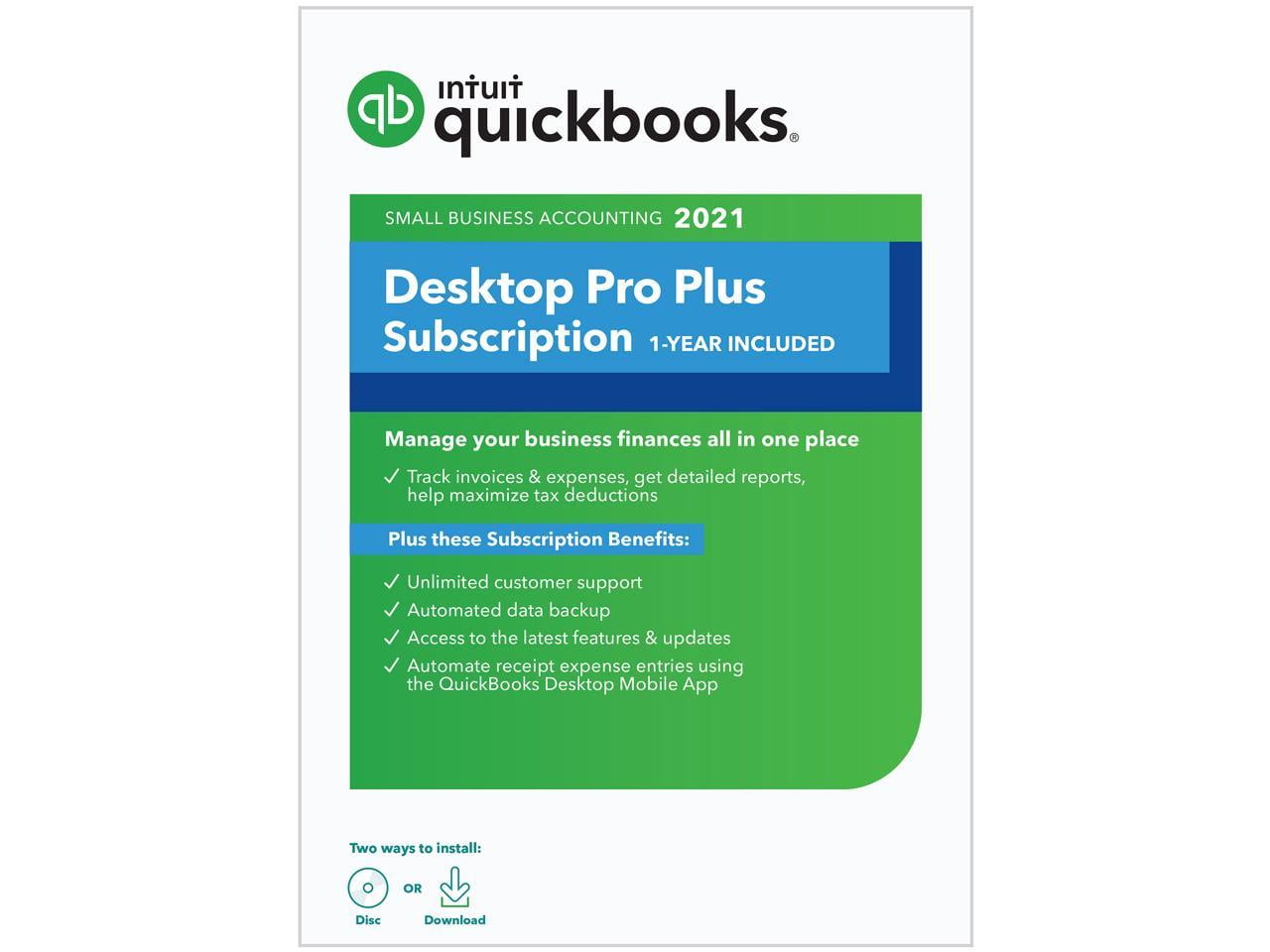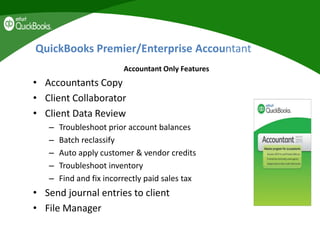

You can also check a balance sheet for the existence of that account and whether it has a non-zero balance. You’ll want to understand if the firm uses that account.

It’s preferable to record the gross deposit and cash withdrawal separately because you’ll preserve more transaction details of the cash withdrawal by doing so.įor starters on deposits, read our article on the undeposited funds account. While recording cash back from a deposit on the Make Deposits window can save a step, we generally discourage using this method. If you use these fields, you’d normally enter a petty cash account (effectively a transfer), an expense account (such as a travel advance), or an equity account (a return of equity). You should only use this feature if your bank reports the net amount of the deposit as 1 transaction. You can also receive cash back from a deposit, which will be deducted from the deposit. In our example, even though we’re depositing 1 check, we’ve added a $10 bank service charge expense to demonstrate how a deposit deduction is recorded. If your bank records a gross deposit and a fee as 2 separate transactions, you don’t want to include the fee on this window. If your bank combines a fee with a gross deposit and records a net deposit amount, you’ll want to include the fee on the Make Deposits window. You always want to have the amount of the deposit match the amount recorded by the bank. In addition to items gathered from Undeposited Funds, you can include other deposit items, as well as deductions for fees, such as incoming wire fees. If your deposit will only contain items from the Undeposited Funds account, it’s a good idea to verify that the Payments Subtotal matches the amount of the deposit. If you want to change the items selected from among the available items to deposit, simply hit the Payments button at the top of the Make Deposits window. When you’ve selected the item(s) to deposit, click Ok to return to the Make Deposits window. Buttons are available to Select All items and Select None, which performs an “undo” function.

In this window, choose the item(s) that actually make up the bank deposit being recorded. This window will contain all items available to deposit. If you select this menu choice and your Undeposited Funds account contains transactions, QuickBooks will automatically open the Payments to Deposit window, as shown nearby. Funds in the Undeposited Funds account are combined into a bank deposit on the Banking->Make Deposits menu selection.


 0 kommentar(er)
0 kommentar(er)
